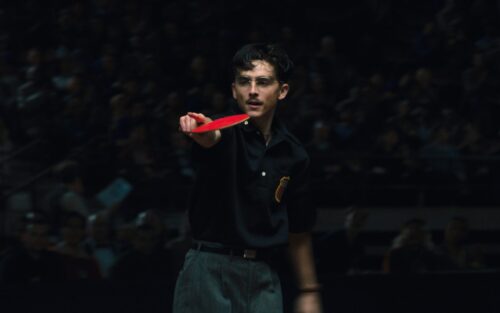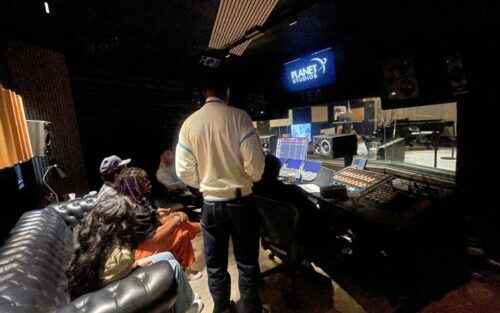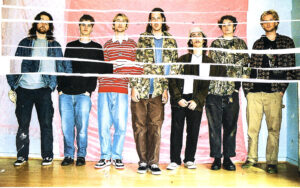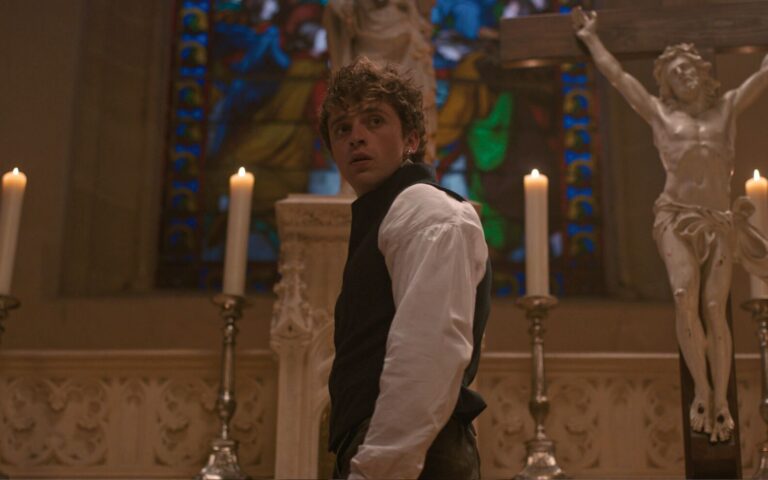
Carême Takes Us Inside the Kitchen of Kings
Martin Bourboulon’s sexy new series serves up the soul of France on a platter and we’re already hungry for more.
by Stephan Boissonneault
- Published on
In France, cuisine is not merely nourishment—it’s a language, a legacy and an ever-simmering art form woven into the fabric of national identity. From rustic farmhouse tables to the gilded dining halls of the Palace of Versailles, the French have long regarded the act of preparing and sharing food as a sacred ritual.
“Gastronomie Française — art de vivre, is very important for us,” Martin Bourboulon, director of the upcoming Apple TV+ series Carême, says in a spacious office at the downtown Montreal Apple headquarters. “I have lived in Paris all my life, and it is very important to go out to big restaurants or have some guests over and make dishes for everyone. It’s part of the culture.”
With the thrilling and sumptuous French-language series, Bourboulon steps into the grand lineage of French culinary tradition. It chronicles the rise of the world’s first celebrity chef during the Napoleonic era. In Carême, the kitchen is a theatre of precision and passion, a place where fire, blade, and butter tell stories passed down over centuries. Bourboulon reaches deep into the copper pots and candlelit kitchens of post-revolutionary 19th-century France, exploring how one young cook rose to define a nation’s taste—and in doing so, helped invent the modern notion of fine dining.
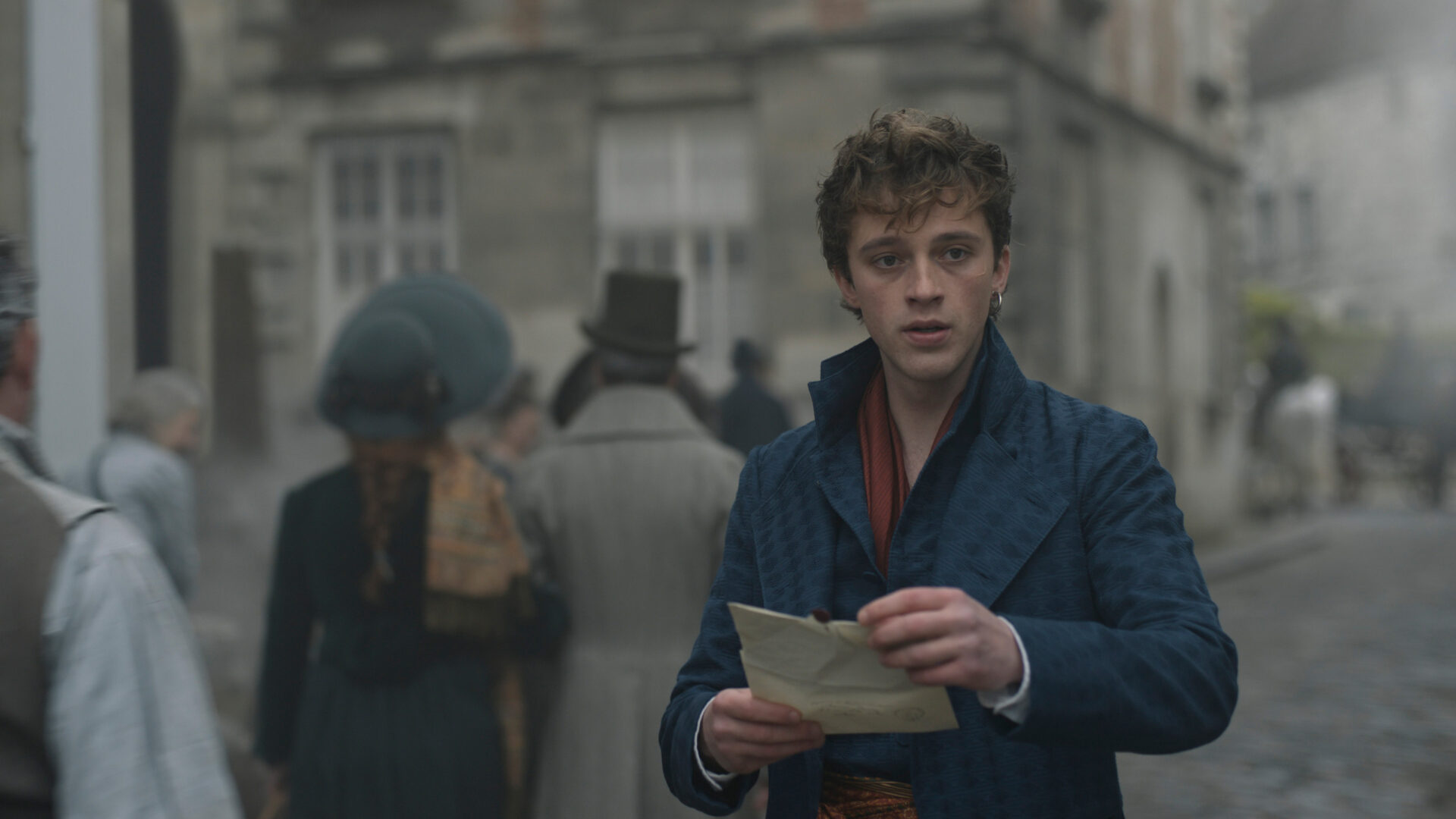
After his father is arrested, an ambitious, young chef, Marie-Antonin Carême (Benjamin Voisin), is plunged into a world of espionage, lust, and revenge as he begins cooking for the wealthy, including Napoleon Bonaparte. The politicians circling Bonaparte—none more serpentine than the calculating Charles-Maurice de Talleyrand-Périgord (Jérémie Renier)—see Carême as a tool: a brilliant mind to be bent, a rising star to be harnessed for their own ruthless climb through the ranks of power. This attracts the eye of sinister police chief Joseph Foché (Micha Lescot). Though Carême is no fool, he loves playing the game, using his inventive dishes to both astound and infiltrate.
Careme is loosely based on Ian Kelly’s biography Cooking for Kings: The Life of Antonin Carême, the First Celebrity Chef. With beautifully crafted shots of food as one of Carême’s key visual signatures, Bourboulon and his crew were constantly surrounded by mouthwatering dishes like Carême’s pioneering vol-au-vents and croquembouches (towers of cream puffs).
“It was a kind of paradoxical situation,” Bourboulon laughs. “You absolutely don’t want to eat the set food because it is ‘shooting food’ that has been under hot lights for like 10 days. We did have some new extras come in who really wanted to test it sometimes, but we said, ‘No! You will get sick!’ But before shooting, in the kitchen with the crew chef, we were able to eat some of the food. I ate a lot.”
Part of Carême’s charm comes from the show’s artistic and idiosyncratic style, overseen by Bourboulon, who directed the first three episodes and acted as the series’s showrunner and artistic producer. Shot on location in France inside and outside many extravagant historical landmarks, including the Palais Garnier, Pavillon de l’Aurore, and Château de Champs-sur-Marne, Carême has a chic, anachronistic vibe. With his stylish pea coats, loose-fitting shirts, colourful scarf belts, wild rebel curls, and single pirate earring, the character of Carême looks like less of a chef and more of a rockstar about to play a set at Glastonbury circa 1970.
“We wanted a show that didn’t lean into the period-specific genre,” Bourboulon says. “We wanted the show to portray that rock n’ roll sexiness attitude, especially with Carême himself. I was involved in everything from the costumes to haircuts. It was a lot of fun.”
And Carême certainly has the libido of a rock star. When he’s not busy perfecting his next dish of haute cuisine, Carême is a seductive, narcissistic lothario, bouncing between encounters with a flock of beautiful women, including his lover Henriette (Lydia Khodri), various baronesses, and the Empress Joséphine (Maud Wyler) herself.
“From the beginning, I was always focused on the viewer’s experience,” Bourboulon says, scratching his salt and pepper beard. “I needed the show to be attractive and catchy in every scene. It’s very different from a movie because I know people watch on our phones, on the subway, anywhere, so we need to keep their attention at all times.”
Bourboulon, whose elegant work often threads emotional intimacy through sweeping historical backdrops in films like Eiffel, as well as Les Trois Mousquetaires: D’Artagnan and its sequel Milady, approaches Carême not simply as a period piece but as a tribute to the French soul itself. Under his eye, the act of cooking becomes akin to painting or composing—a pursuit of meticulous perfection. Sugar drifts like snow through the frame, copper pans glisten with bubbling heat, and Carême moves with quiet focus, each gesture a precise translation of mind into taste.
“I was very lucky with this cast,” Bourboulon says. “I really liked Steven Spielberg’s answer to a journalist when they asked him, ‘How do you direct your actors so well?’ and he says, ‘If you cast good actors, it’s very easy to work with them.’ I believe that if you give them a good costume and set the attitude, they work the magic.”

By Glenn Alderson
A deep-listening session reveals how Apple Music’s sonic innovation reshapes the way we hear.
By Cam Delisle
Dominic Weintraub and Hugo Williams take audiences on a treadmill-fueled ride through the chaos and hope of modern life.

